It is better to choose polyester fiber or nylon fabric for sweatshirts, as these materials have the characteristics of fast drying, breathability, and lightweight. The selection of fabrics for sweatshirts mainly considers factors such as moisture wicking, breathability, elasticity, durability, and comfort.
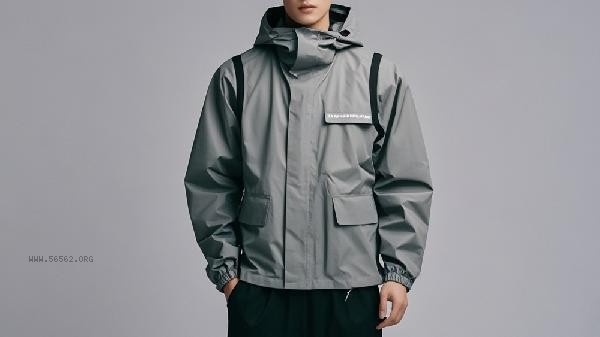
1. Polyester Fiber
Polyester fiber is a commonly used fabric for sweatshirts, which has excellent moisture absorption and sweat wicking functions, and can quickly export sweat to the surface of the clothing for evaporation. This material is lightweight and not easily deformed, making it suitable for wearing during high-intensity sports. Polyester fiber fabrics are usually specially treated to form micro groove structures on the surface, further enhancing sweat wicking efficiency. During exercise, the fabric can maintain a dry and comfortable touch, reducing discomfort caused by clothing sticking to the skin.
2. Nylon
Nylon fabric has good elasticity and wear resistance, suitable for sports that require large movements. This material has good breathability and can adjust humidity in conjunction with human body temperature. Nylon fiber has high strength and can maintain its original shape after repeated washing, making it less prone to pilling after long-term use. Some high-end sweatshirts will use a blend of nylon and spandex to maintain sweat wicking function and enhance clothing fit.
3. Spandex blend
Adding spandex to the fabric can significantly improve the elasticity of sweatshirts, making them more in line with the body's curves during exercise. The common ratio is 85% polyester fiber and 15% spandex, which balances sweat wicking function and freedom of movement. This blended fabric is particularly suitable for exercises that require flexibility, such as yoga and dance. The spandex component makes clothing less prone to looseness and deformation, and can maintain a good sense of wrapping even after multiple wearing.
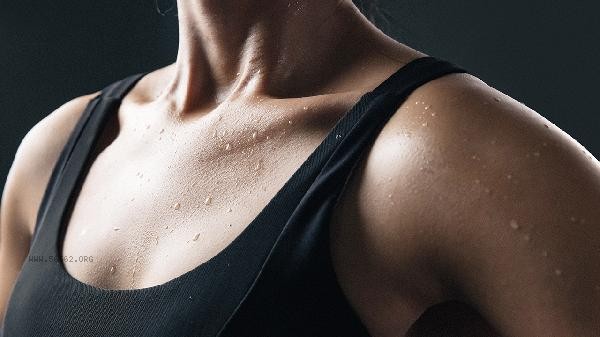
4. Grid Design
Some sweatshirts will use grid fabric in sweat prone areas such as armpits and backs, greatly improving local breathability. The grid structure can form air circulation channels, accelerating sweat evaporation and cooling. This design is commonly seen in high-intensity sports clothing such as long-distance running and basketball. The grid area often adopts a double-layer fabric composite process, with an outer wear-resistant layer and an inner skin friendly layer to avoid friction discomfort.
5. Silver ion treatment
The sweatshirt fabric treated with silver ions has antibacterial and deodorizing functions, making it suitable for long-term sports wear. Silver ions can effectively inhibit bacterial growth and reduce the odor produced by sweat breakdown. This treatment will not affect the original breathability of the fabric, and it is more resistant to washing times. For people with sensitive skin, silver ion fabric can reduce the probability of skin allergies after exercise.
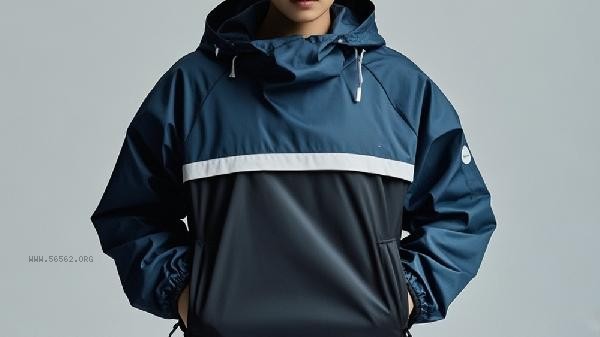
When choosing sweatshirts, one should consider the type of exercise and personal needs. High intensity interval training is suitable for polyester fiber and nylon blended fabrics, while low-intensity exercises such as yoga can choose elastic fabrics containing spandex. It is recommended to prepare 2-3 sets for daily use and replace them alternately. After exercise, clean them promptly to prevent sweat from corroding the fabric. Use neutral detergent during cleaning to avoid fabric pores being blocked by fabric softeners. Keep dry and ventilated during storage to prevent mold growth from affecting fabric performance. Regularly check the elasticity and sweat wicking effect of clothing, and replace it promptly if obvious aging occurs.


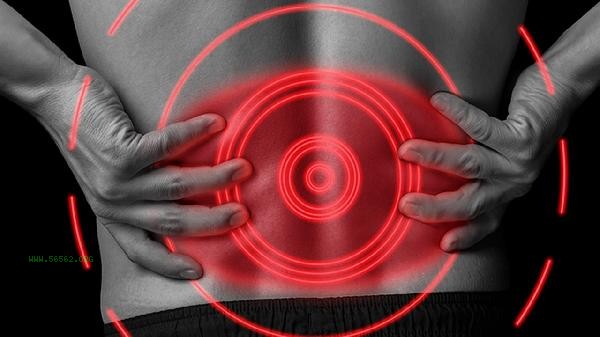
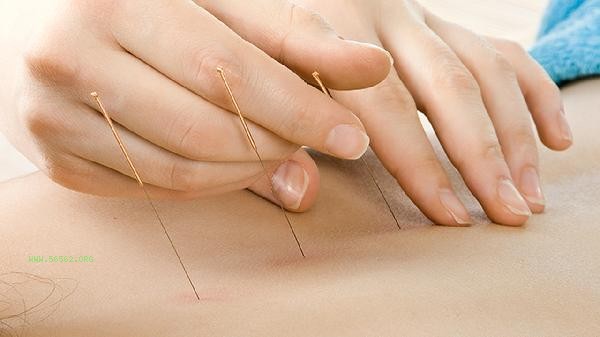




Comments (0)
Leave a Comment
No comments yet
Be the first to share your thoughts!